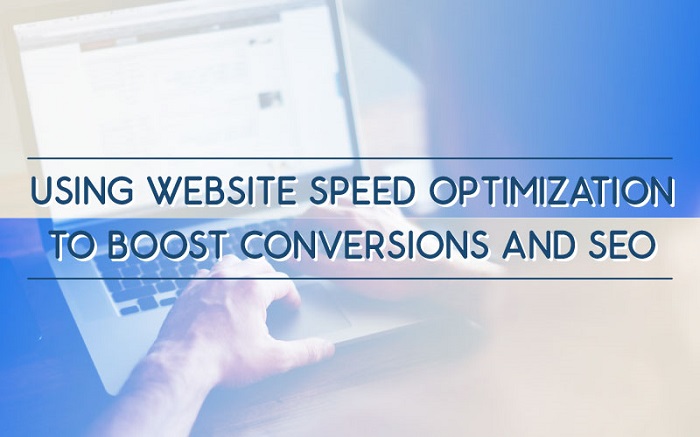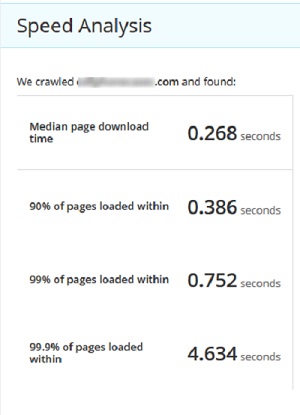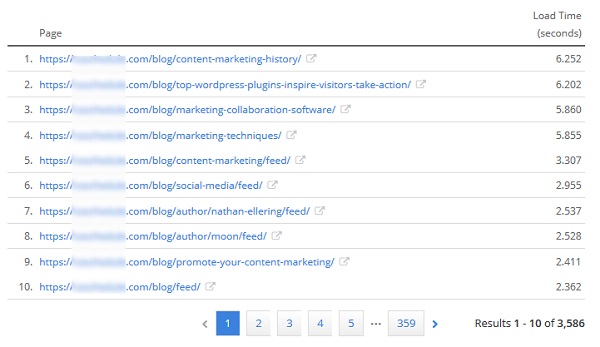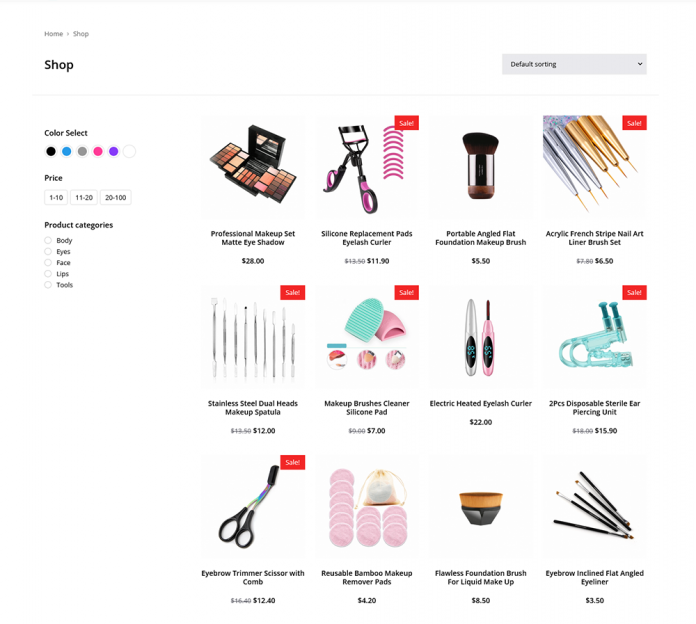Website speed optimization is a technique for increasing the speed with which a page loads. Because website speed affects user experience, site traffic, and ultimately search rankings, it is an essential component of a successful SEO strategy.
Learn why website speed optimization is more important than you think, and how to test and improve your site load speeds to:
- Increase the speed of your website.
- Improve SEO by increasing conversions.
What Is the Importance of Website Speed Optimization?
Because faster sites are more appealing to both users and search engines, optimizing website speed can lead to an increase in on-site conversions and SEO.
Users expect websites to load quickly. Users expect a website to load quickly. If it does not, many people will leave the site. According to Google, the likelihood of a user bouncing increases by:
- If the site load time is 1-3 seconds, the conversion rate is 32%.
- If the site load time is between 1 and 5 seconds, the conversion rate is 90%.
- If the site load time is 1-6 seconds, the percentage is 106 percent.
- If the site load time is between 1 and 10 seconds, the percentage is 123 percent.
When users quickly leave a slow site, the brand has little opportunity to engage the audience with high-quality content or drive valuable conversions.
Websites that load quickly are preferred by search engines. Google has stated that site speed has an effect on search rankings. Search engines prefer to rank websites that load quickly because they want to provide a great experience for their users. A site’s SEO strategy should always include page speed SEO in order to appeal to search engines.
What is a Fast Page Loading Speed?
Google recommends a page load speed of fewer than three seconds as a best practice.
However, many websites fail to meet this standard.
According to a Google study, it took more than five seconds for the visual content above the fold to display on the screen for 70% of the mobile landing pages analyzed, and it took more than seven seconds to fully load all visual content above and below the fold.
Aim for a page load time of fewer than three seconds, as recommended by Google. However, you should also compare your site’s speed to that of your competitors to determine how quickly your site needs to load in order to be competitive in your industry.
How to Carry Out a Website Speed Test
Use a website speed test to determine how well your website speed optimization appeals to both users and search engines.
The report also contains a list of the slowest loading URLs, allowing you to prioritize individual pages that require website speed optimization.
These tools are also useful for additional page-specific website speed optimization recommendations:
- GTMetrix\sWebpagetest.org
- Google PageSpeed Insights
Do you want to know how your SEO performance compares to the competition? Alexa’s SEO analysis tools can assist.
Read more on Website speed, Small Business seo
How to Increase the Speed of a Website’s Loading
If your site is running too slowly, use these eight website speed optimization techniques to make it more user- and SEO-friendly.
1. Turn on website caching
When a user visits a site for the first time, website caching temporarily stores data for a web page. Saving the data instead of reloading it each time the user visits allows the site to load faster. You can enable website caching through manual code, general settings, or a WordPress plugin like W3 Total Cache, depending on your website platform.
2. Examine your plugins
While WordPress plugins can add functionality to a site and reduce development costs, they can also cause it to slow down.
Plugins that perform complex tasks or are of poor quality can cause site load times to increase. Audit your plugins on a regular basis to ensure that you’re only using necessary, high-quality tools. Consider using a tool like Kinsta to scan your WordPress site, monitor the amount of processing time your plugins consume, and identify problematic plugins.
3. Use HTML, CSS, and JavaScript as little as possible
The more code and files on a page, the longer it takes to load. As a result, reducing the amount of HTML, CSS, and JavaScript on a website can help it load faster. Consider using accelerated mobile pages (AMP), which are designed to minify HTML and CSS to make websites load faster, or reworking your code to reduce the number of files and processes.
4. Consolidate site files
Compressing files is another way to reduce the strain on resources as your site loads. When your site’s files are small, it takes less time to load. Gzip is a popular data compression program that can help with compressing site files to make them load faster.
5. Minimize the number of redirects
When you remove or move content from your site, redirects are useful tools for directing users to live pages. However, too many redirects can be problematic. Redirections necessitate additional HTTP requests, which can slow downloading times. Limit the number of redirect links on your site for best website speed optimization practices.
6. Use the best graphics formatting possible
Large graphics can take a long time to load, increasing the overall page load time. Use an SEO checklist that includes the following graphics formatting best practices for image SEO to ensure that pages aren’t clogged up with large graphics.
- Select the appropriate image file format (JPEG, PNG, GIF, SVG)
- Size images so that their dimensions do not exceed the width of your webpage template.
- To compress large images and graphics and speed up image loading, use a tool like JPEGmini.
- Consider serving your graphics in next-generation formats such as Google’s
- WebP. Because these formats offer better compression but aren’t supported by all browsers, you’ll need to serve a backup JPEG or PNG version of your images.
7. Make videos available on third-party websites.
Because videos are large files, they can significantly slow down site load times. As a result, refrain from uploading and hosting video files on your website. Instead, host your video on a third-party platform such as YouTube, Vimeo, or Wistia, and then embed it on your website.
8. Upgrade to a better hosting service
Website hosting can range from low-cost shared hosting to high-priced dedicated servers. More affordable, low-cost hosting options may result in slower site load times. Consider upgrading from shared hosting to virtual private server (VPS) hosting for better website speed optimization.
Continue to monitor and optimize your website’s speed
Alexa’s biweekly Site Audit monitors your site loading times on a regular and automatic basis. Any SEO issues will be communicated to you so that you can ensure that your site’s speed is fast enough to please users, drive conversions, and send rank-boosting signals to search engines.
You May also like sitescorechecker, Pro Site Ranker









